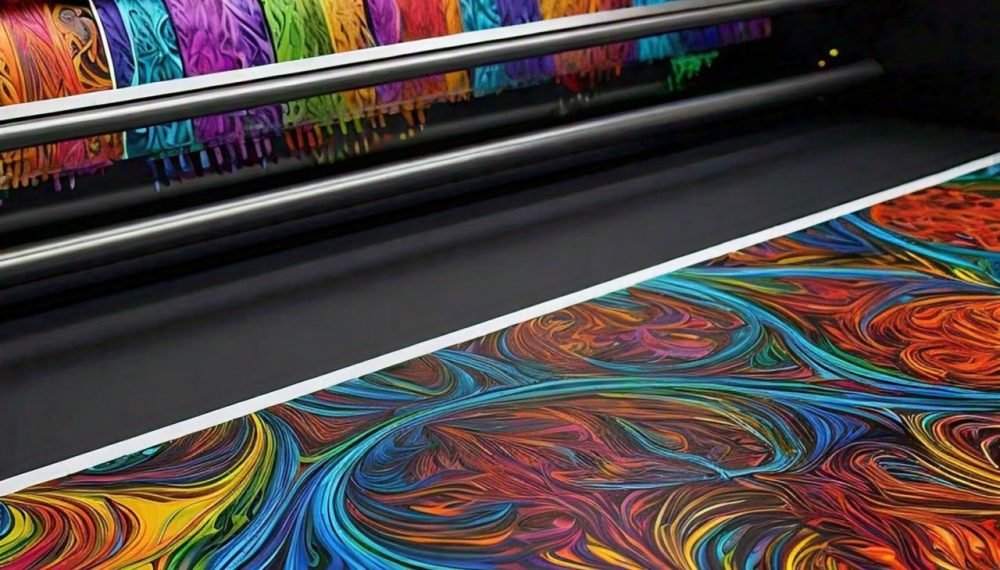
Digital Printing
Digital printing refers to the process of reproducing digital images onto various substrates, such as paper, fabric, plastic, or metal, using computer technology. Unlike traditional printing methods like offset printing, which involves creating plates and using them to transfer ink onto the printing surface, digital printing directly transfers the digital image file onto the substrate.
There are several technologies used in digital printing, including inkjet and laser printing. Inkjet printing works by propelling droplets of ink onto the substrate, while laser printing uses electrostatic charges to transfer toner onto the substrate.
Digital printing offers several advantages over traditional printing methods, including faster turnaround times, lower setup costs for short print runs, variable data printing capabilities, and the ability to easily customize prints without the need for additional plates or setup.
Digital printing is widely used in various industries, including advertising, packaging, textiles, and publishing, due to its versatility and cost-effectiveness for short to medium print runs.
Why It soft?
Unlimited support
How does Digital Print Works
Digital printing works by translating digital images or designs into printable formats using computer software and hardware. Here’s a simplified breakdown of the process:
Digital File Preparation: The process begins with creating or obtaining a digital file of the image or design to be printed. This file could be in various formats such as JPEG, PNG, PDF, or others. The digital file contains all the necessary information about colors, dimensions, and layout.
Raster Image Processing (RIP): The digital file is processed by specialized software known as a Raster Image Processor (RIP). The RIP converts the digital image into a format that the printer can understand. This involves translating the image into a series of dots (pixels) or vectors, depending on the printing technology used.
Printing: Once the digital file is processed, it is sent to the digital printer. There are two main types of digital printing technologies: inkjet and laser printing.
a. Inkjet Printing: In inkjet printing, tiny droplets of ink are sprayed onto the printing surface (substrate) to create the desired image. The printer’s print head moves back and forth across the substrate, depositing the ink in precise locations based on the digital file’s instructions.
b. Laser Printing: Laser printing uses electrostatic charges and toner (a fine powder) to create the image on the substrate. The digital file is converted into an electrostatic image on a rotating drum using lasers or LEDs. The toner is then attracted to the charged areas of the drum and transferred onto the substrate, where it is fused in place using heat.
Finishing: After printing, the substrate may undergo additional finishing processes, depending on the desired outcome. This could include cutting, binding, laminating, or other post-printing treatments to enhance durability or aesthetics.
Quality Control: Throughout the printing process, quality control measures are implemented to ensure that the final prints meet the desired standards. This may involve inspecting the prints for color accuracy, resolution, and overall print quality.
Packaging and Distribution: Once the printing and quality control processes are complete, the finished prints are packaged and prepared for distribution to the end-user or customer.
Overall, digital printing offers a flexible and efficient method for reproducing digital images and designs on a wide range of substrates, making it suitable for various applications across different industries.

